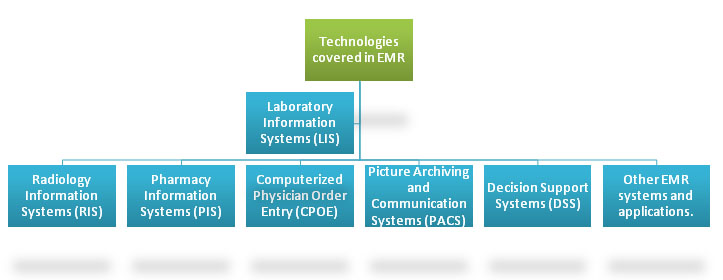Electronic Medical Records, ‘A Boon or a Bane’ From iSource
Implementing Electronic Medical Records is mandatory for clinics by 2014
By 2014 all doctors and hospitals must implement an electronic medical record. Which brings us to the next obvious question, what is an EMR? How does it help in patient care? A well defined electronic medical record system should help in accountable and longitudinal care. The doctors can also send drug prescriptions, laboratory tests and radiology tests electronically. Thus, streamlining, the, workflow, of their practices.
Features in an EMR include:

How many doctors are happy with their EMRs?
Despite the benefits an EMR offers not many physicians are happy with it. The major reason for the growing discontent is that, EMRs and EHRs demand the physician to enter, edit and delete data. Working for the most part of the day, as a data entry clerk, has frustrated doctors. According to a recent report most physicians spend at least 2 hours a day on data entry tasks. The fact that confounding templates and loading times, complicate a physician’s average day at office has resulted in much debate of late.
From, a, physician’s perspective…
There was also a concern expressed by doctors that the system may become obsolete and add to operational costs. It could also affect the crucial physician-patient relationship. But the upside is that in the long run, emrs could help in better healthcare and contain costs. Paper based records are not only unwieldy but are also expensive to maintain.
EMR/EHRs will help medical practices meet compliance thresholds and enhance data security.
The, insurer’s viewpoint…
Insurance companies are aggressively pursuing doctors to adopt electronic medical record systems as a way of monitoring the quality of health care. This will form the basis for determining, reimbursement levels. The insurance reports prepared by doctors and healthcare companies are a significant source of stress for people preparing the claims. And the implementation of EMR helps in streamlining the process, unlike illegible hand written notes or typed CPPs and flow sheets.
A mix of the old and new!
To go through this sticky phase, physicians should experiment and understand what formula works best for their practice. Sticking to the old method of dictating-transcribing will no longer work as it means not being in-line with the latest healthcare mandates. But working with an EMR is time consuming. But it needn’t be a Catch22 situation.
Transcribing dictations, storing the entire narrative history of a patient encounter, and working with a transcriber who can work with your electronic medical record, can prove to be helpful. It will help save the time you spend on data entry and also aid your practice to meet the Meaningful Use guidelines.